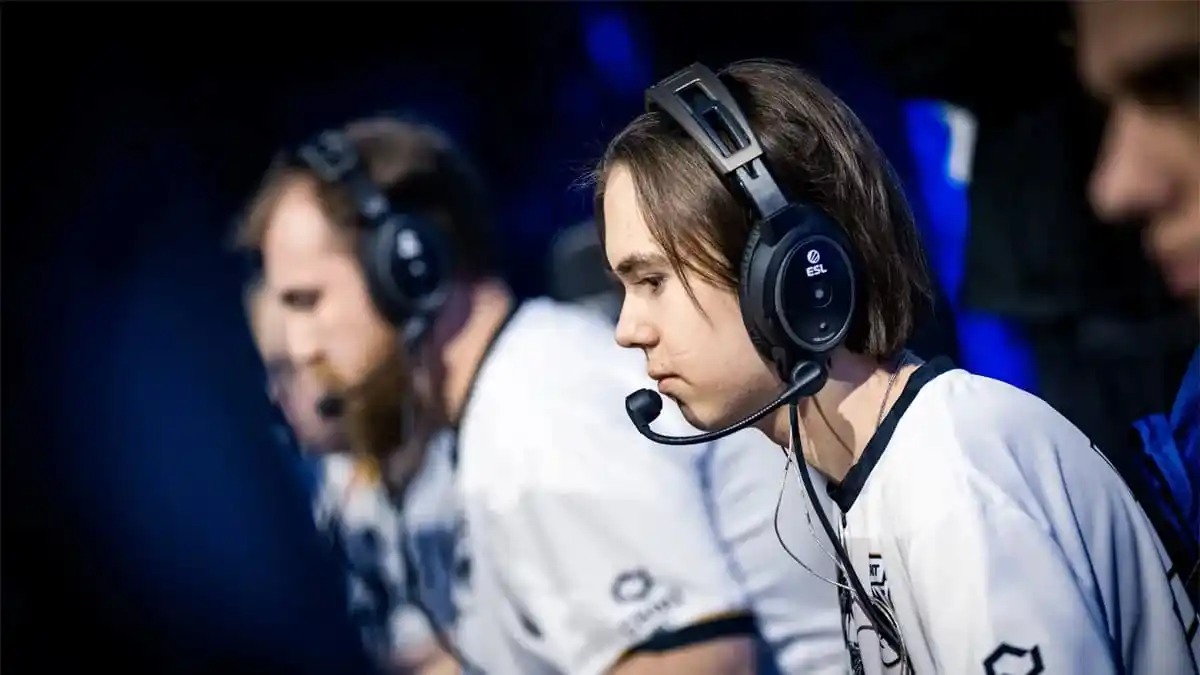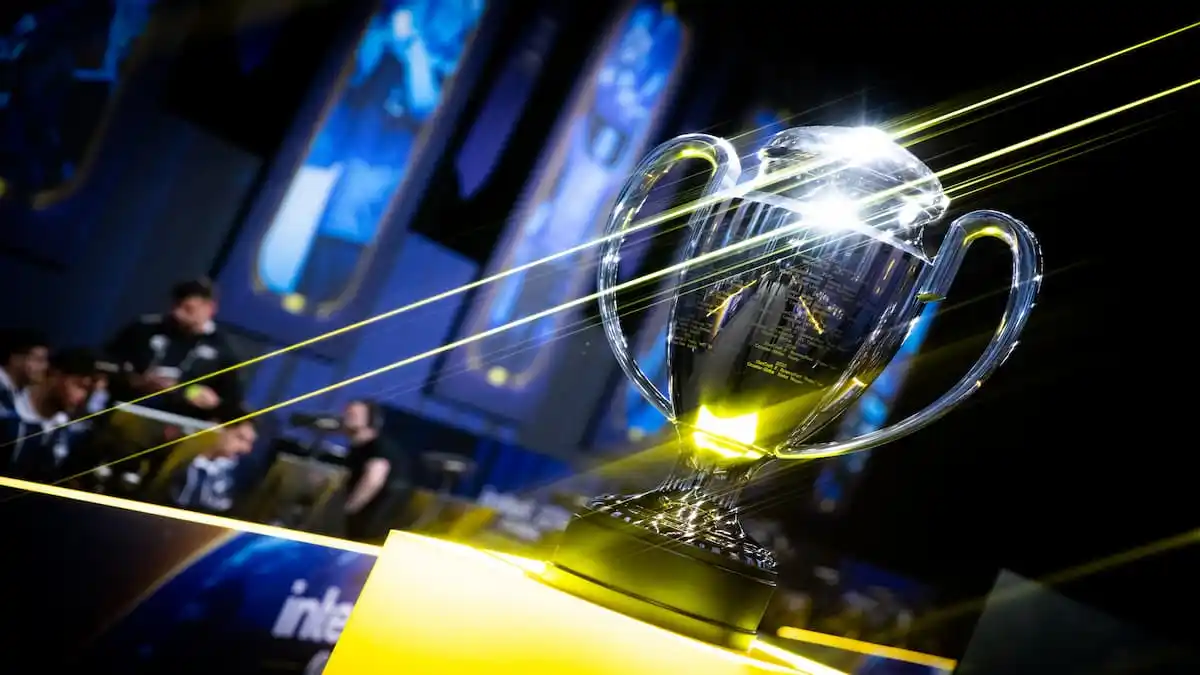The image of thousands of rabid fans packed into a stadium to watch esports is unquestionably powerful. But is this really the future of the industry?
Some of the biggest event organizers in competitive gaming believe so, and the list begins with ESL. The esports company, buoyed by Swedish media powerhouse MTG buying a majority stake for about $87 million, has already hosted multiple stadium events this year. And according to ESL Executive Vice President Craig Levine, this is only the beginning.
“We believe stadium events are the future,” Levine told the Daily Dot.
For ESL, there’s more to stadium events than the impressive photos and their impressive crowds. There’s more to it than being able to say ESL has filled sports stadiums. The driving force is to create a space in which esports can be fostered and cultivated.
ESL’s roots are in Germany, where the ESL Pro Series has been played for more than a decade. The foundation laid in Germany set the stage for broader successes in the future. The hope for ESL is that by consistently staging engaging stadium events, the company can create foundational communities in chosen locations which can then serve as a staging point for further efforts.
“We go to a city, we build the experience, and we celebrate esports,” Levine said.
That methodology is considered especially important in the United States, where ESL has been focusing renewed efforts to grow its presence. America represents a different challenge than Europe. It isn’t as easy to grow a community in the great American expanse compared to building out from one European country and then expanding elsewhere.
The company isn’t alone in its designs either. U.S.-based Major League Gaming told the Daily Dot it has plans to hold events at larger mixed-use stadiums in 2016.
Levine pushes ESL’s mission to “celebrate the culture of esports,” doing more than just hosting a group of professional teams and putting the games on a big screen. But as nice as this might sound, running these events and turning them into a hot ticket is still very much a process. Levine points to ESL New York last year as an example of an event that “didn’t really work.”
Part of the process is attempting to educate fans on just what these events are all about. Convincing spectators accustomed to watching on streams from the comfort of their own homes to shell out for tickets and travel to an event venue is not easy.
Attracting top professional teams, creating a unique live experience, and successfully marketing tickets to fans who might not be accustomed to buying them are all required to make such an event work. And that’s before you get to the event itself, with all of its potential pitfalls.
We saw proof just recently of how much can go wrong with the Gaming Paradise event in September. The Counter-Strike: Global Offensive competition was hit by dramatic delays, the planned Dota 2 tournament was canceled entirely, and attending players even had their passports confiscated by local police over confusion regarding unpaid accommodations.
Avoiding those issues and running a successful live event for fans and players alike is a challenge, but the potential reward has been worth the risk thus far for ESL.
These events do have a more established history elsewhere. In Korea, stadium events date back to the halcyon days of StarCraft: Brood War. This may just be one more way in which the rest of the world is now catching up to Korea’s professional gaming scene.
But even in Korea, the success of such events has waxed and waned with the popularity of the the game featured and the star players in attendance. The goal now for ESL, and soon MLG and others like it, is to establish events that stand on their own as a draw for fans.
Photo via Wikipedia












Published: Oct 7, 2015 10:25 PM UTC